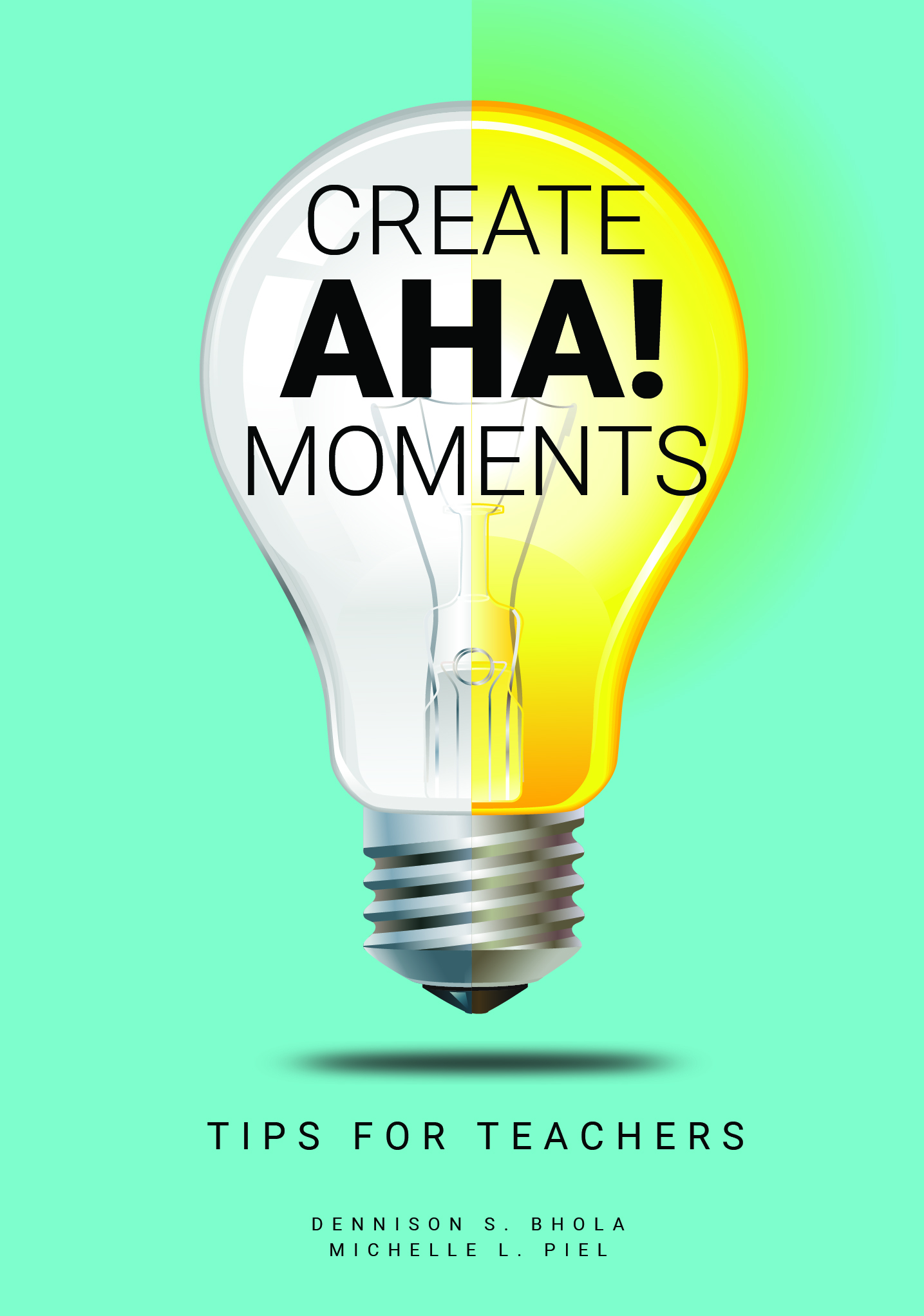
This is an excerpt from our new book, Create AHA! Moments, Tips for Teachers. For more information, check out the book’s website here.
We felt that “forgetting” was such a significant pain-point for teachers and students that we wrote a pivotal chapter on this topic in our book, “Create Aha! Moments”. The main reason we want to minimize forgetting is because students need to remember what they have learned over the course of the school year and perhaps for their lifetimes. As far as teachers are concerned, it is not easy to go through the process of periodically reteaching previous lessons. For students and teachers, reteaching adds significant time pressure to an already jam-packed semester and workload. Helping students recover from gaps in their knowledge can become time consuming and slow everyone down, leading to a lack of enthusiasm about school.
Like an illness, forgetting interferes with the education process. What is forgotten is unknown until the information is needed—at which point, it requires diagnosis and treatment. Rather than having to go through the angst of reteaching a lesson, forgetting could be minimized with methods utilized for prevention. Teachers can help students minimize forgetting, especially of the important information by providing multiple doses of practice that require information retrieval. Educators call this “retrieval practice”.
Retrieval practice thoughtfully spaced over time is called distributed practice. It is even more effective than unplanned retrieval practice because it ensures that information is recollected and applied at regular intervals to minimize forgetting. We advocate in favor of distributed practice because systematic retrieval practice strengthens neural pathways in the brain and ensures your students have the foundational knowledge in place to move on to the next lesson. In order to make this happen, simply create questions and administer them on a schedule that provides retrieval practice at regular, common sense intervals.
While planning your lesson, consider what questions or exercises work well for helping your students remember the main points from your lesson. Provide these sets of questions to help your students maintain their knowledge base. Distributed practice helps students ensure that they can recall important information that is going to be relevant in upcoming lessons and useful in their lives. Initiating distributed practice will eliminate a lot of stress for students and for you too. Consider the time and effort saved from not having to reteach a lesson multiple times, especially when students may have mastered the concepts at one time, but have forgotten important details.
To learn more about how to minimize forgetting, read about the benefits of distributed practice in Chapter 3 of the “Create Aha! Moments: Tips for Teachers” book. This information could greatly aid your efforts to help students remember what you taught and secure their confidence as well as their ability to retain information for future use. Use distributed practice and take advantage of a friendly strategy that will save you time and effort while helping your students make healthy progress.
About the Author
Michelle’s education includes a Certificate in Industrial Organizational Psychology and an M.S. in Human Resources. During her years as the Service Quality & Training Director of Greenleaf Hospitality Group, she planned curriculum and delivered face-to-face instruction for entry-level personnel, supervisors and managers. As an education consultant, she has facilitated focus groups, strategic planning sessions, professional development workshops, and executive coaching for school superintendents and principals. She has also contributed to the development of assessments to hire teachers and principals. In her leisure time, she has accumulated significant instructional experience from her decades as a coach. Recently, Michelle co-authored a book for educators called Create Aha! Moments: Tips for Teachers. This beautifully written book shares how to help students learn more and remember longer.


Add a Comment
You must be logged in to post a comment